Thinking about buying a camera that’s better than your phone but still easy to use?
The Nikon Z5 could be just what you need.
This camera is for people who want sharper, cleaner photos without needing to be a camera expert.
If you’re moving up from a basic camera or trading in an older DSLR, the Z5 gives you more control and better results. It fits right in the middle (not super cheap, but not too pricey either).
In this blog, I’ll talk about what the Nikon Z5 does well, what features it has, and who it’s best for.
Are you unsure if this camera is right for you? Keep reading. I’ll explain everything in simple terms.
Overview of Features and Specifications
It’s easy enough for beginners but powerful enough to grow with. Below is a quick look at the main features that make the Z5 stand out.
| Feature | Details |
|---|---|
| Sensor | 24.3 MP full-frame CMOS sensor |
| Video | Shoots 4K UHD at 30 fps |
| Image Stabilization (IBIS) | In-body 5-axis image stabilization for steady shots |
| Autofocus System | 273-point hybrid AF with Eye-Detection |
| ISO Range | 100 to 51,200 (expandable) |
| Screen | 3.2-inch tilting touchscreen LCD |
| Viewfinder | 3.6 M-dot electronic viewfinder |
| Battery Life | Around 470 shots per charge (CIPA rated) |
| Dual Card Slots | 2 SD card slots (UHS-II) for backup or overflow |
| Connectivity | Wi-Fi and Bluetooth for easy sharing and control |
These features make the Z5 a good choice for anyone who wants solid photo quality, smooth video, and steady performance in one simple camera. Let’s now talk about how these features help in real-life use.
Nikon Z5 Review – Simple, Honest, and Clear
The Nikon Z5 is Nikon’s most affordable full-frame mirrorless camera. It’s easy to use, makes sharp photos, and works well in most situations.
Bright, colorful pictures can be taken straight from the camera without editing. The autofocus is fast and works better than older Nikon models like the Z6 or Z7. It’s also quiet, which is great for events or nature.
This camera works best for still photos, portraits, and everyday use. It’s light and has good controls.
The 24-50mm kit lens is small and sharp, though it feels a bit cheap. Flash is important, but the Z5 doesn’t have one built-in; you’ll need an extra unit. It’s great in daylight and works well on a tripod for night photos.
The Z5 struggles with fast action. It only shoots 4.5 frames per second, so it’s not great for sports. Video features are limited, with cropped 4K and no headphone jack. Also, using old Nikon lenses isn’t ideal; it works best with native Z lenses.
Overall, the Z5 is a strong choice for beginners or hobbyists who want full-frame quality without spending too much. It’s not for pros, but it’s reliable, sharp, and simple to use.
Is the Nikon Z5 Right for You?
It covers many needs but may not fit every type of user. Let’s break down who it’s really for—and who might want to look at something else.
Best Uses for the Nikon Z5
The Nikon Z5 actually fits well into many real-life situations. Here are some of the best ways to use it, based on what it does best.
1. Weddings & Events
The Nikon Z5 handles weddings well thanks to its full-frame sensor and sharp Eye-Detection Autofocus. It captures soft backgrounds and crisp faces, even in low light. Its quiet shutter is great during emotional or silent moments.
If you’re a part-time wedding shooter or someone capturing family events, this camera will give you clear, pro-looking results without too much setup.
2. Travel
If you like to take high-quality photos while traveling, the Z5 is a great fit. It’s lighter than many full-frame cameras, so it’s easier to carry all day.
In-body stabilization helps when you’re shooting handheld in low light or tight spaces. With dual SD card slots, your shots stay safe—perfect for once-in-a-lifetime trips or scenic hikes.
3. Vlogging
The Nikon Z5 works well for simple video needs, especially vlogging. It shoots in 4K and has a tilting screen so you can film yourself more easily. It connects to your phone through Wi-Fi and Bluetooth for fast uploads.
While it doesn’t have pro video tools, it’s a good option if you’re starting a YouTube channel or recording everyday moments.
Who Shouldn’t Choose the Nikon Z5?
The Nikon Z5 is solid for everyday use but falls short for fast action or pro work. Its 4.5 fps burst speed and slower autofocus aren’t ideal for sports or wildlife shots. It lacks a top LCD, built-in flash, and strong weather sealing, which pros often need.
For video, the 4K crop and no headphone jack limit serious filming. If you’re looking for speed, durability, or full video control, the Z5 may not be the best fit.
It’s a great camera for stills and casual use, but not built for demanding pro tasks or high-speed shooting.
Pros and Cons of the Nikon Z5
The table below lays out the key strengths and weaknesses, so you can decide if it fits your needs.
| Pros | Cons |
|---|---|
| Affordable full-frame option | Slow 4.5 fps burst rate – not ideal for action shots |
| Excellent image quality and colors | Cropped 4K video, no full-frame 4K |
| Dual SD card slots for backup | No built-in flash |
| In-body image stabilization (IBIS) | No headphone jack for video monitoring |
| Good autofocus with Eye-Detection | Basic weather sealing only |
| Sharp and bright electronic viewfinder | Not great with older Nikon AF/AF-D lenses |
| Compact and lightweight body | The rear LCD does not fully rotate or tilt sideways |
| Easy-to-use controls and menu | Lower resolution rear screen compared to pricier models |
| Works well with native Z-mount lenses | Lacks a top LCD screen for quick settings |
As you can see, the Z5 offers a lot for the price (especially in photo quality and ease of use), but it’s not built for everything. Knowing these trade-offs can help you make a smarter choice.
Nikon Z5 Tips for Beginners
- Start with Auto mode to let the camera handle all the settings.
- Turn on Eye-Detection AF for clear and sharp portraits.
- Use the JPEG format for easier editing and storage.
- Try the Vivid Picture Control for more colorful photos.
- Use the tilting screen to shoot from tricky angles.
- Charge with USB-C for quick and easy battery top-ups.
How Does the Nikon Z5 Compare to Other Cameras?
To make things easier, here’s a single comparison table showing how the Nikon Z5 compares to the Nikon Z6, Canon R8, and Sony A7III. This helps you clearly see the key strengths and weaknesses of each camera side by side.
| Feature | Nikon Z5 | Nikon Z6 | Canon R8 | Sony A7III |
|---|---|---|---|---|
| Sensor | 24.3 MP Full-frame | 24.5 MP Full-frame | 24.2 MP Full-frame | 24.2 MP Full-frame |
| Image Quality | Excellent, great JPEGs | Slightly better dynamic range | Excellent | Excellent dynamic range |
| Burst Speed | 4.5 fps | 12 fps | 40 fps (electronic) | 10 fps |
| Video | 4K (cropped) | 4K (full-frame) | 4K up to 60 fps (full-width) | 4K (full-frame) |
| Autofocus | Very good with Eye-Detection | Faster and more accurate | Excellent subject tracking | Excellent Eye-AF and tracking |
| IBIS | Yes | Yes | No | Yes |
| Top LCD | No | Yes | No | No |
| Screen | Tilting touchscreen | Tilting touchscreen | Fully articulating touchscreen | Tilting screen |
| Build Quality | Some plastic, solid feel | Rugged build | Lightweight body | Strong build, compact |
| Battery Life | Good (470 shots) | Better (around 700 shots) | Shorter (approx. 290 shots) | Strong (710 shots) |
| Lens Support | Growing Z-mount lineup | Same (Z-mount) | RF-mount, growing lineup | Mature E-mount ecosystem |
| Price | Most affordable | Higher | Mid-range | Highest in this list |
The Z5 gives you a full-frame sensor, great colors, and ease of use at the lowest price. The Z6 is better for speed and video. The Canon R8 wins for fast shooting and video, but lacks IBIS.
The Sony A7III has the strongest all-around specs, but it costs more. Your best choice depends on what matters most to you: budget, speed, video, or lens options.
Conclusion
The Nikon Z5 is easy to use, even if you’re not a pro. It gives you clear, detailed pictures, and it works well for everyday things like family events, nature walks, or just taking better photos when you travel.
Now that you know the good and the not-so-good parts, it’s a smart idea to think about what you really care about:
- Do you mostly want great photos?
- Are you hoping to shoot videos often?
- Or do you need a fast camera for moving subjects?
Here’s one more helpful tip: Set up the dual memory card feature early. It saves your photos in two places at once, so if one card fails, you’ve still got a backup.
I’ve got more guides and tips you can check out. They’re easy to read and full of info that can help you decide what’s best for you.
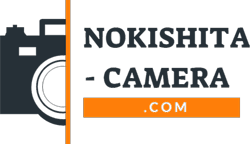
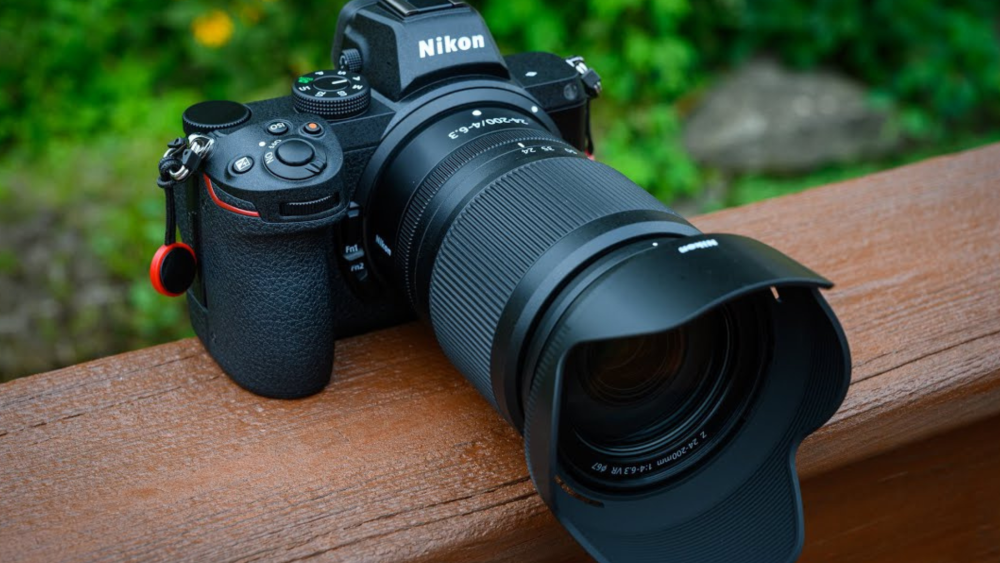
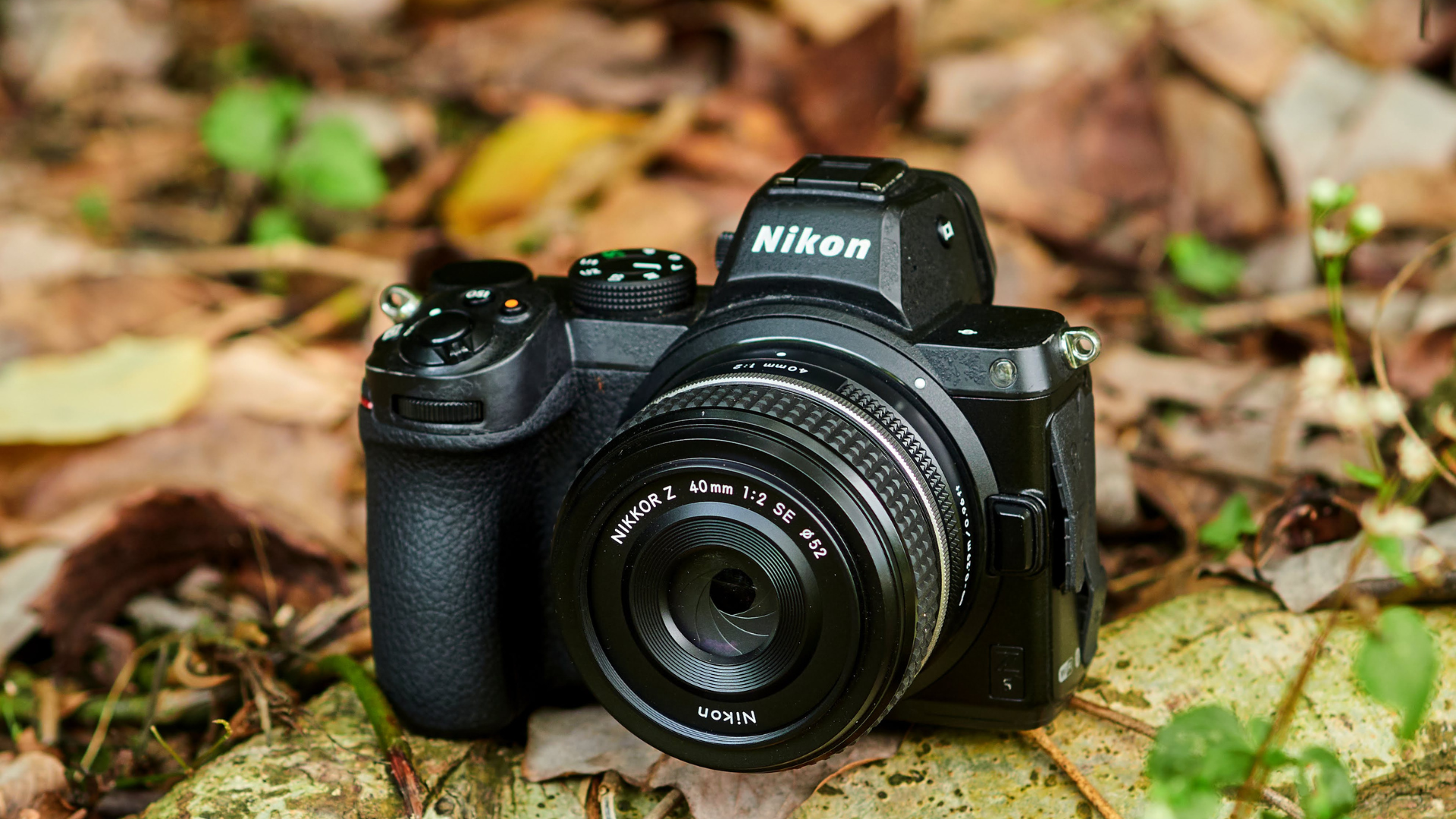
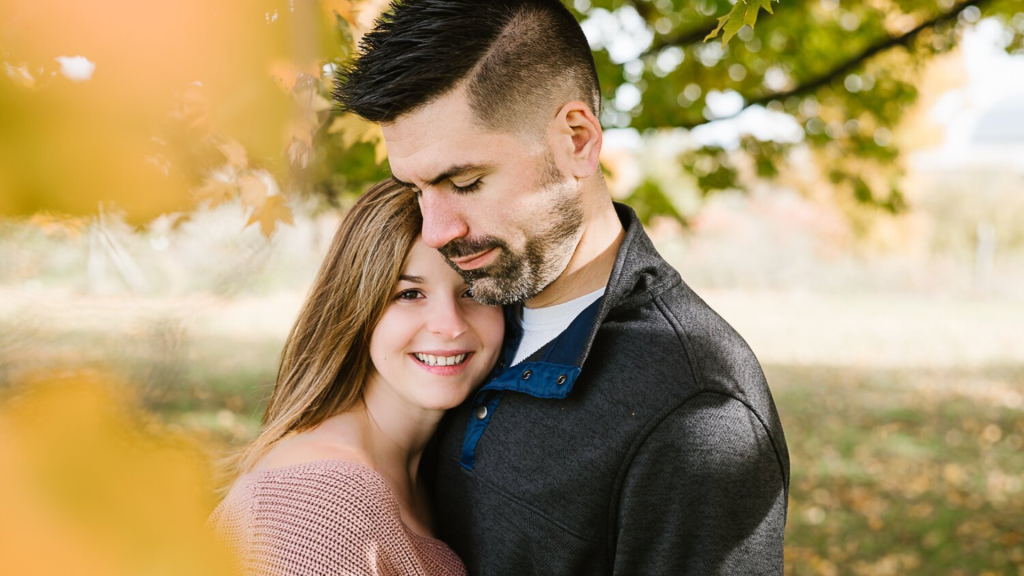
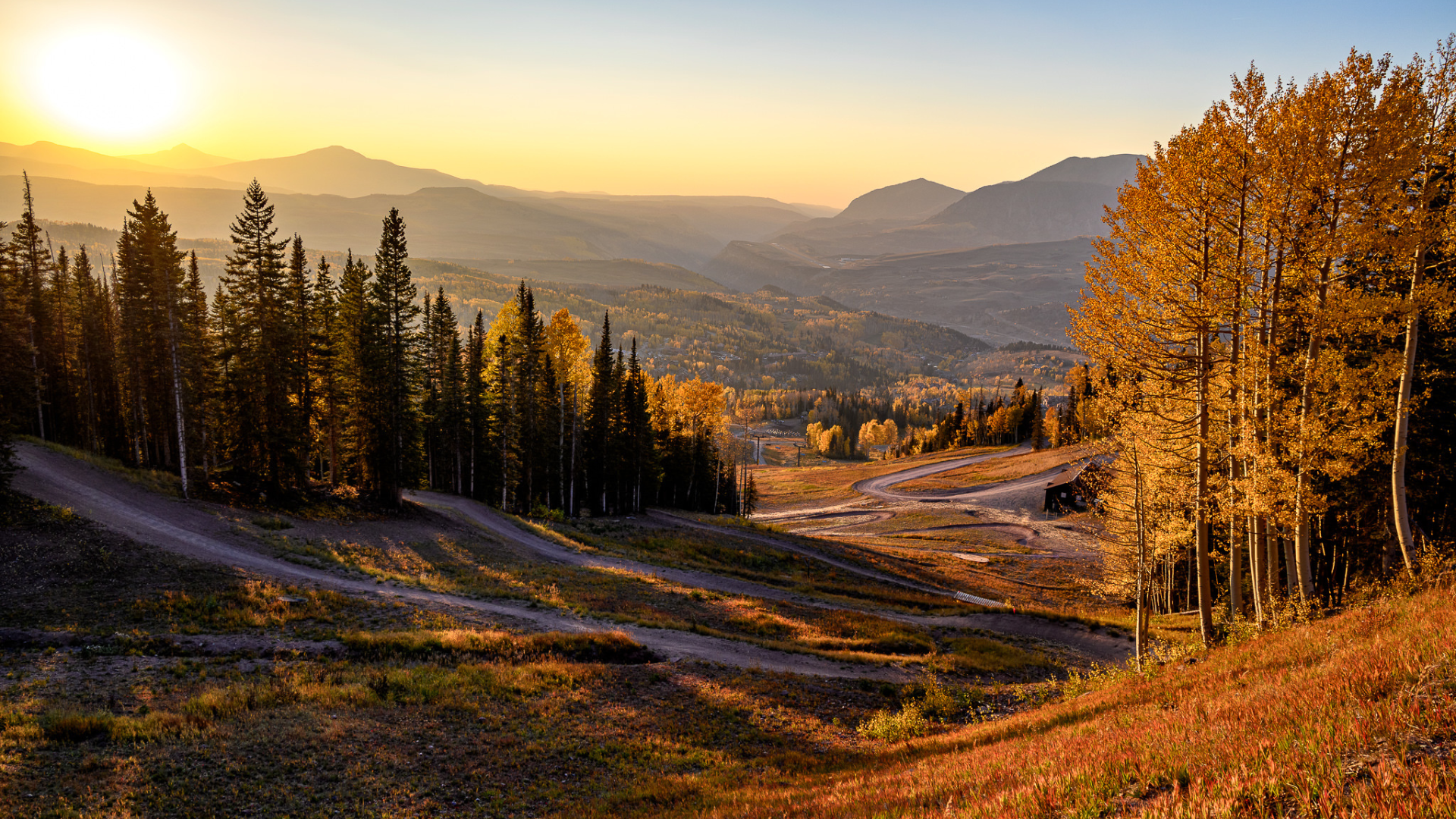

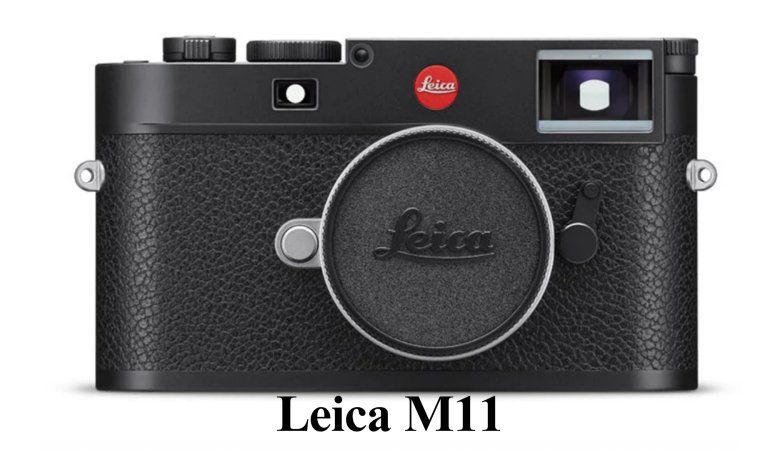
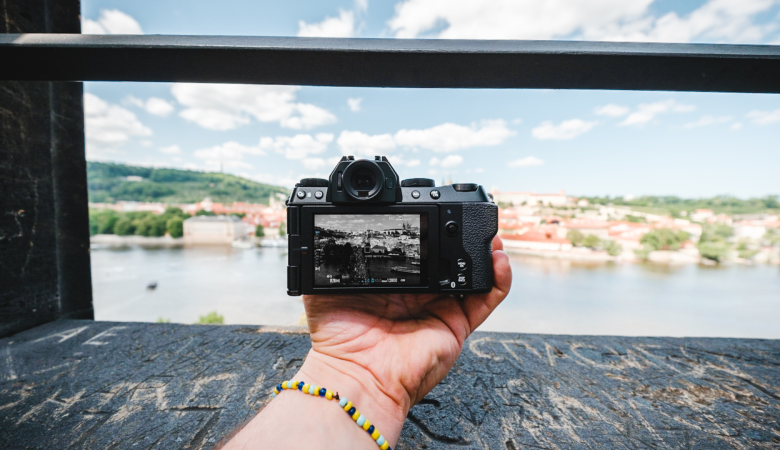
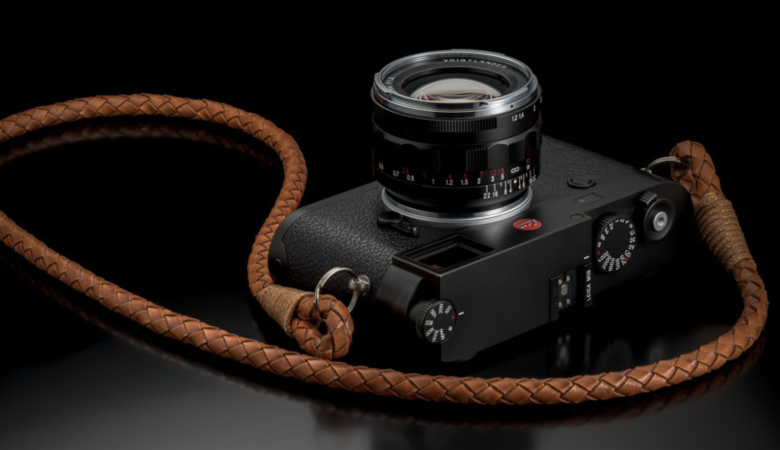
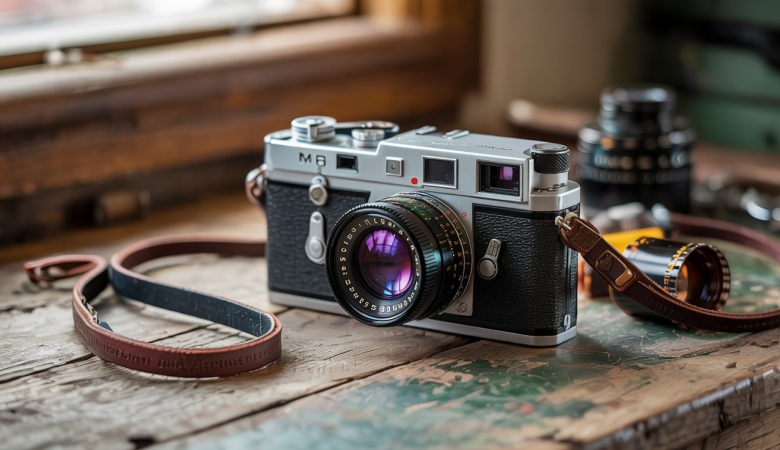
Leave a Reply